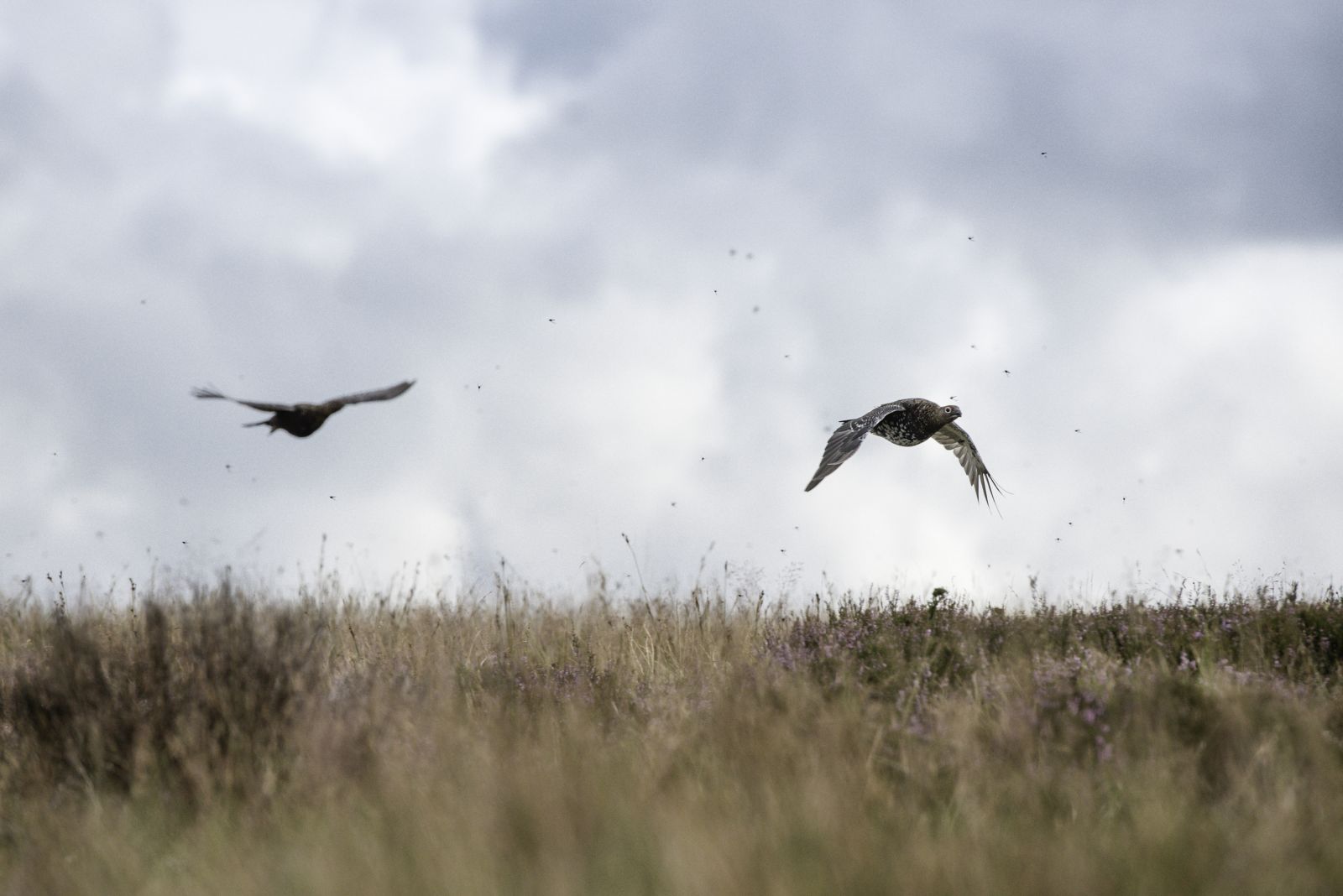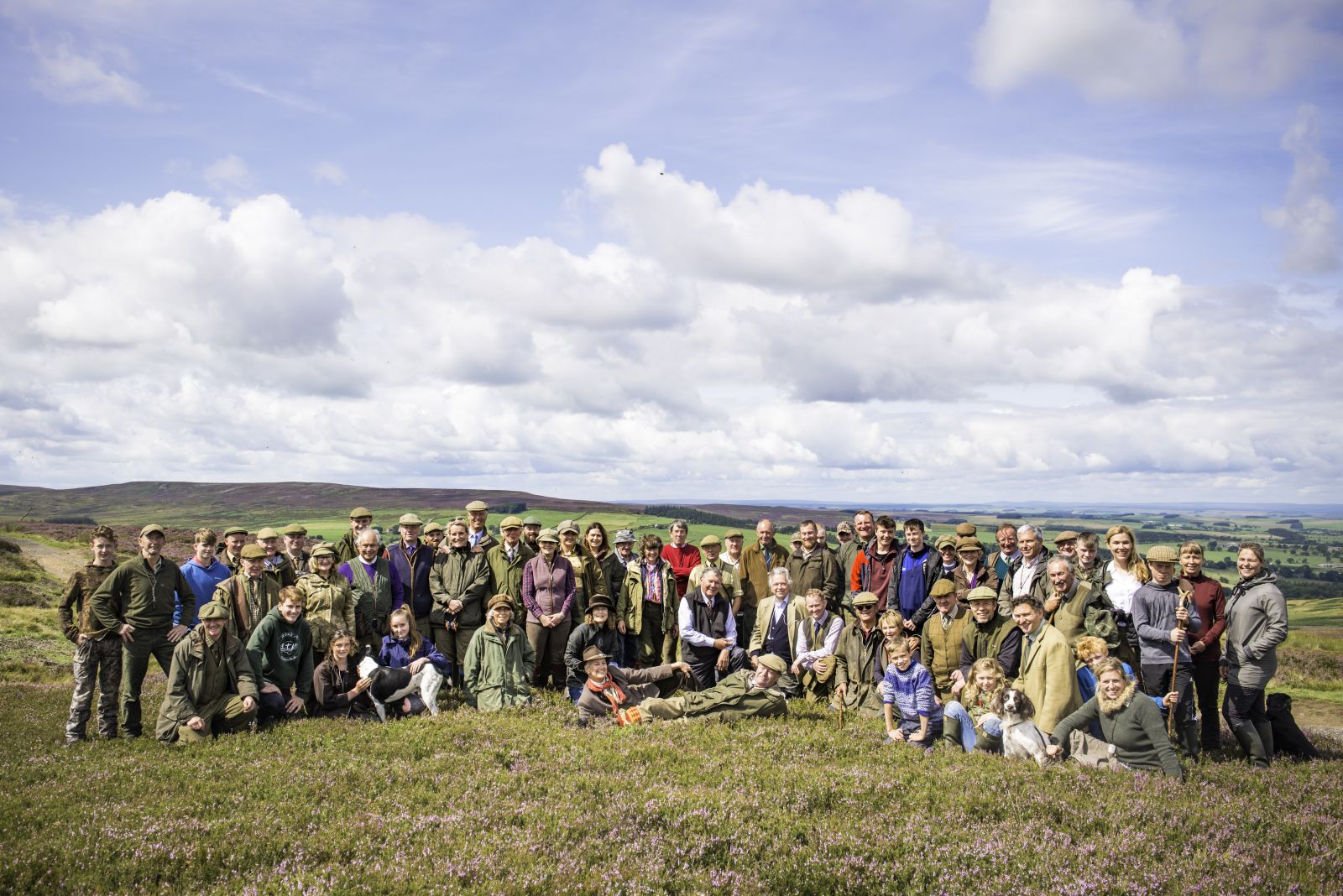Moor fact, less fiction
29 October 2019
Shooting can be part of the solution argues Adrian Blackmore, Director of Shooting at the Countryside Alliance, in response to the RSPB.
Reading Dr Pat Thompson’s piece ‘Moor controversy’, one could be forgiven for thinking that management practices in our uplands must have become well out of hand. However the CA argues that is not the case, as we believe he is ignoring the prevailing scientific consensus, alongside the considerable environmental, economic and social benefits of grouse shooting and its associated land management.

Photo credit: Countryside Alliance
Grouse moors and their management play a vital role in producing upland landscapes that are rich in wildlife and biodiversity. Heather moorland is a habitat of international importance, with 75% of that remaining worldwide found in Britain. It is our duty to protect it. In the last 30 years, grouse moor owners in England have been responsible for the regeneration and recovery of over 217,000 acres of heather. It is thanks to careful management for grouse shooting that this unique landscape has been conserved, where elsewhere it has been lost.
Moorland managed for grouse shooting covers just one fifth of the uplands of England and Wales, and yet more than 70%of England’s upland Sites of Special Scientific Interest are managed grouse moors, and over 40% are also designated as Special Protection Areas for rare birds, and Special Areas of Conservation for rare vegetation; thanks to that management.
The red grouse is a species that is unique to the United Kingdom. Nesting on the ground, its eggs and chicks are vulnerable to predation, and the lawful control of predators such as foxes, stoats, carrion crows and weasels is therefore essential. This benefits not just red grouse, but also many other species of threatened ground nesting birds that share this moorland habitat. When left uncontrolled, heather supports little wildlife, and is a serious fire risk, and it also therefore needs to be managed, the aim being create a mixture of older heather for protection and nesting, and younger shoots for feeding. Peer reviewed research has shown that on moors managed by gamekeepers, threatened species of ground nesting birds such as curlew and lapwing are 3.5 times more likely to raise a chick to fledging. A survey of upland breeding birds also found that densities of golden plover, curlew, redshank and lapwing were up to five times greater on managed grouse moors compared to unmanaged moorland.

The Glorious 12th in Newbiggin. Photo credit: Countryside Alliance
More carbon is stored in the peat of the UK’s moorlands than in the combined forests of Britain and France. Overgrazing, summer wildfires and erosion by wind and water can expose peat to the atmosphere causing the release of carbon monoxide. Our uplands also play a valuable role in the water cycle, providing some 70% of the UK’s drinking water. Grouse moor managers have therefore been working with Government and other organisations on a number of projects, including the revegetation of bare peat and the blocking of moorland drains to raise water tables, which encourages the growth of the peat forming sphagnum moss which slows down the flow of surface water, and filters out discolouration. In the North Pennines alone, grouse moor managers have now blocked over 2,700 miles of drainage ditches, with more still planned.
With the right conditions and management, red grouse can thrive, and produce a surplus population that can then allow shooting to take place. It is the sale of grouse shooting that helps fund the management of this unique habitat, and the special wildlife it supports. But grouse shooting is about more than that. It is about whole communities in our uplands for whom it is so important socially, and for whom it can be the main economic driver. Research has shown that businesses benefit by some £15.2 million every year, and that grouse moors in England support not just 1,520 Full Time Equivalent jobs, but also numerous casual employees on each shoot day.
There are many challenges facing grouse shooting and its management practices, and these need to be addressed through constructive dialogue, working in partnership with others.
By Adrian Blackmore, Director of Shooting at the Countryside Alliance
